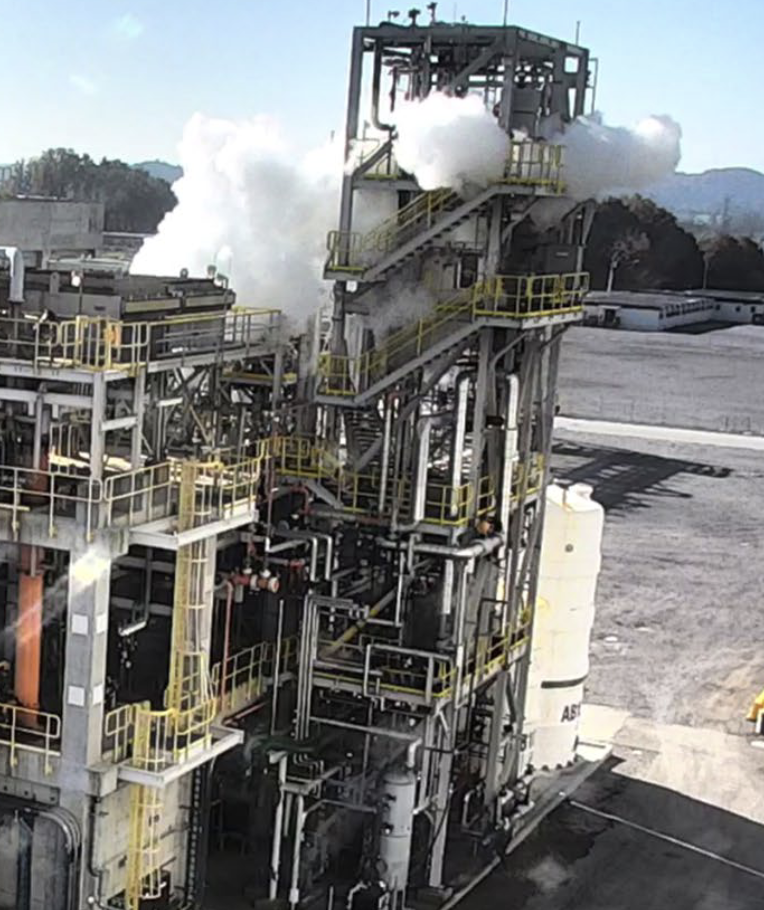 PTFE-lined piping, such as the equipment installed in the HCl regeneration unit, requires a retorquing of flange bolts to minimize leakage from bolt relaxation. The retorquing involves bringing the processing unit to operating temperature, allowing it to cool to ambient temperatures, and retorquing to the set value. As the original equipment manufacturer (OEM) describes:
PTFE-lined piping, such as the equipment installed in the HCl regeneration unit, requires a retorquing of flange bolts to minimize leakage from bolt relaxation. The retorquing involves bringing the processing unit to operating temperature, allowing it to cool to ambient temperatures, and retorquing to the set value. As the original equipment manufacturer (OEM) describes:
A retorque should be applied within 24 hours of the initial torque or after the first thermal cycle. This allows for seating of the plastic and for relaxation of the bolts. If the system is to perform at elevated temperatures, it is recommended that hot water be circulated at the maximum operating temperature of the process (if possible) for a minimum of 24 hours. This allows for the pipe system to experience one thermal cycle. After cool-down, retorquing of the system should be done.
Some Wacker personnel would refer to this method of re-torquing PTFE-lined fittings as “hot torquing,” while others used the term to mean torque of flanges at live operating conditions. This term was not documented in any official Wacker policy or procedure but was used as vernacular among Wacker personnel.
As the final report states…
